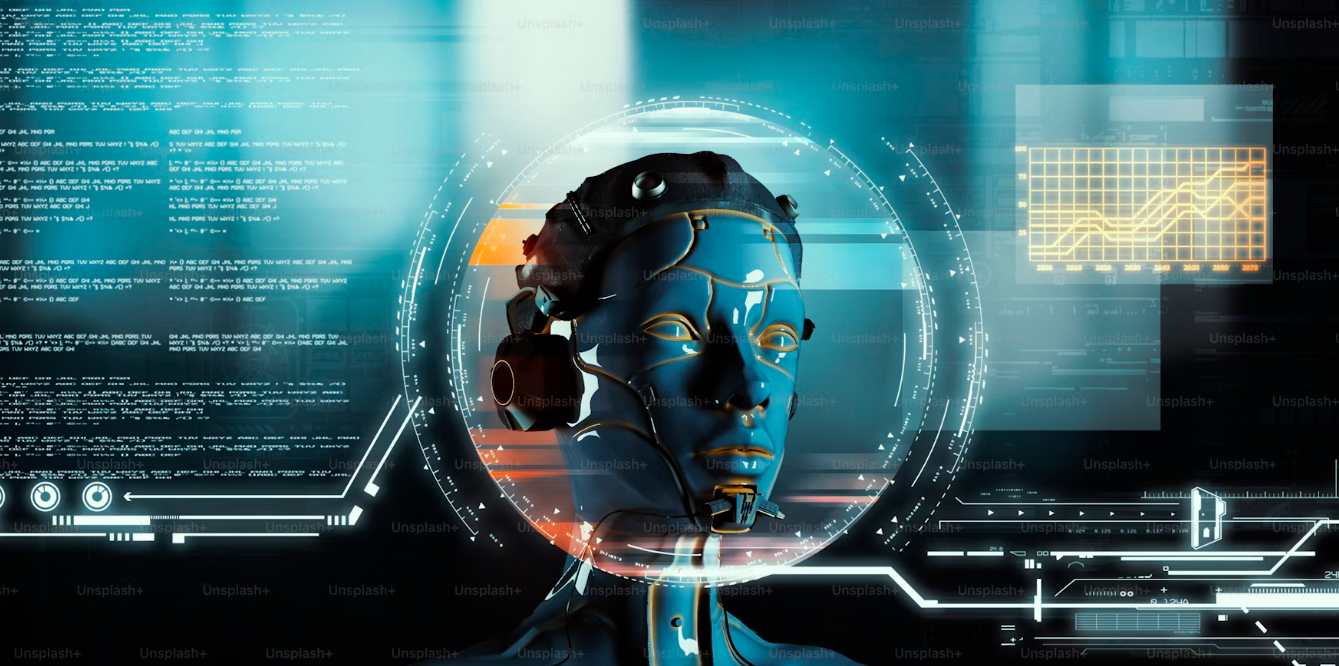Technology has rapidly advanced in the past decade and continues to evolve at a rapid pace. Among emerging trends, edge computing is one of the most pivotal innovations, redefining the traditional cloud computing architectures. It’s not just a trend but rather a critical evolutionary step needed to meet rapidly growing needs for high speeds and efficient performance in data processing at all stages.
What is Edge Computing?
At its core, the concept of edge computing is simple and self-explanatory – it refers to the processing of data at the edge of the network, literally where the data is, rather than in a centralized data-processing warehouse. Thus, computations are processed in the nearest data center at the physical location of either the object the data is needed for or the user that generates the data.
The Impact on Cloud Computing Architectures
The cloud architectures are being revolutionized with the integration of edge computing. Such a development changes everything about data processing and creates a more efficient model of computing. By dividing tasks between the two approaches and adopting specific edge and cloud roles, it is easier to achieve exceptional performance, large-scale addition of resources and great reliability.
Benefits of Edge Computing
Among key benefits of edge computing are:
- Reduced Latency. Naturally, processing the data closer to the source eliminates the need for long distances and thus the time required for the data to be delivered. In activities such as video streaming, online gaming, but also in autonomous machinery, real-time processing is crucial.
- Bandwidth Savings. Less data is transferred far away, so fewer demands are placed upon the network bandwidth.
- Security and Privacy. Processing closer locally makes data more secure since it never enters the network and travels to data centers where processing takes place.
- Resilient Operations. Lastly, the operations can continue even if the connection is lost.
Challenges and Considerations
Among the key challenges one can mention include the fact that edge devices have limited necessity and are difficult to service. Further, the complexity of decentralized network is another factor to consider, not to mention the compromised security at the edge.
Use Cases and Industry Applications
There is no single industry that could benefit most from edge computing since virtually everyone can find the concept useful. For instance, it could be applied in the telecommunications and media industry to improve content delivery for consumers. It could be used in manufacturing to enable real-time monitoring and control of factory equipment.
The Future of Edge Computing
Without a doubt, edge computing is the future and it will become an integral part of cloud computing. Besides, the needs of modern applications demand better adaptability that cloud computing struggles to deliver.
How does edge computing impact IoT devices?
The increasing popularity of edge computing has a major impact on IoT devices. In this case, it should be noted that edge computing involves performing computing and storing processing closer to the place where interaction takes place. This is usually done on the edge of a network where these devices are connected. Edge computing has a big impact on the performance and ejeción of the performance of the emerging IoT devices. In specific, the technology of edge computing creates some difference in:
- Independence: Edge Computing makes the IoT more autonomous, as they can locally store, process, and analyze data without the need to constantly send all data over a secure cloud.
- Performance: By enabling the execution of computing processes in several locations the devices work more efficiently. This also involves reducing latency and implementing processing at the point at which a decision is made.
- Bandwidth saving: Edge computers help to properly manage bandwidth. Since they rely only on transmitting only important data or data that must be stored for a long time on the central platform.
- Security considerations: the technology can contribute to security because in this case, potential threats and implications can refer to a limited number of devices.
- Deployment topology: Up to 60% of all IoT devices can interact in the edge zones and perform processing in this way.
Conclusion
In sum, as we have noted throughout this essay, edge computing is not just revolutionizing cloud computing architectures; it is revolutionizing data and technology itself. As the fields of computing and communication enter this new era, businesses and consumers will all be the better for the increased performance and functionality.

